The Ultimate Guide to Blepharoplasty in South Korea (2025)
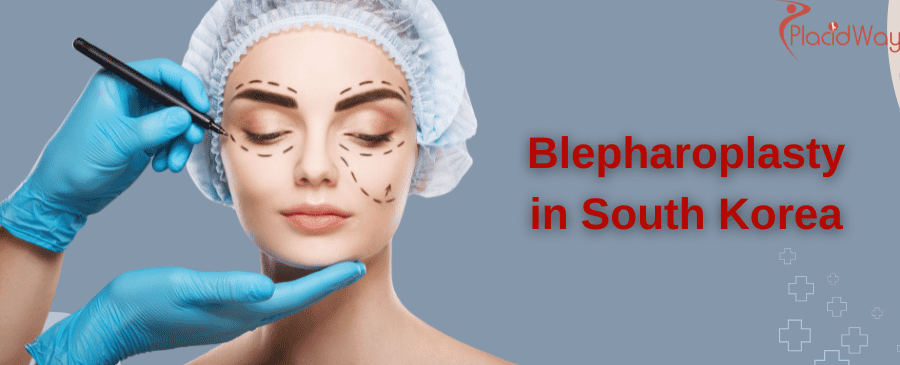
In the world of plastic surgery, certain destinations become synonymous with mastery of a specific procedure. When it comes to the delicate, artistic work of blepharoplasty, or eyelid surgery, South Korea stands in a league of its own. The country's reputation is so immense that it has become the undisputed global hub, attracting patients from all over Asia, North America, and beyond. This leads to a crucial question for anyone considering vision-enhancing or cosmetic eyelid surgery: "Why is South Korea known for blepharoplasty in the field of medical tourism?" The answer goes far beyond simple cost savings and delves into a culture of aesthetic perfection, surgical innovation, and unparalleled experience.
The phenomenon of "Korean plastic surgery" is most famously represented by its expertise in eyelid procedures. This is not just about creating a "double eyelid"; it's about a deep understanding of facial harmony and the intricate anatomy of the eye. South Korean surgeons are not just technicians; they are artists who perform this surgery multiple times a day, every day. This high volume leads to a level of skill and refinement that is nearly impossible to find elsewhere. They are pioneers of advanced techniques, such as the non-incisional (suture) method and complex procedures like epicanthoplasty, designed to create brighter, more expressive eyes that look completely natural.
This comprehensive guide will explore the key reasons behind South Korea's dominance in the field of blepharoplasty. We will break down the immense surgical experience, explain the advanced and nuanced techniques that were perfected there, and provide a clear-eyed view of the costs. We'll also walk you through the high-tech, patient-focused experience you can expect in the world's plastic surgery capital. Get ready to understand why, for those seeking the absolute best in eyelid surgery, all eyes are on South Korea.
Why is South Korea the global capital for blepharoplasty?
While affordability is a factor, the primary driver for patients choosing South Korea is the pursuit of the best possible result. It's a destination chosen for quality and expertise above all else.
- Unmatched Experience: Top surgeons in Seoul's Gangnam district may perform over 1,000 eyelid surgeries per year. This incredible volume means they have encountered and mastered every possible anatomical variation, leading to a level of skill and efficiency that is unmatched.
- Pioneering Techniques: South Korean surgeons have developed and perfected techniques that are now used worldwide. They are masters of creating a "double eyelid" that looks innate rather than operated on, tailoring the shape and height of the crease to perfectly suit the individual's face.
- Holistic Approach: A procedure in Korea is rarely just about creating a crease. Surgeons often perform complementary procedures like ptosis correction (to lift a droopy eyelid muscle) or epicanthoplasty (to open the inner corner of the eye) at the same time to create a truly transformative result.
What are the different types of Korean blepharoplasty?
The choice of technique depends on the patient's anatomy and desired outcome.
- Non-Incisional Double Eyelid Surgery: Also known as the "suture method" or "loop burial method." Tiny, stitch-sized punctures are made in the eyelid, and a suture is looped through to create a natural-looking crease. It's ideal for those with thin eyelid skin and no excess fat. Recovery is very fast with minimal swelling.
- Incisional Double Eyelid Surgery: An incision is made along the desired crease line. The surgeon can then remove excess skin, fat, and muscle before meticulously stitching the eyelid closed to create a sharp, permanent crease. This is the gold standard for most patients.
- Epicanthoplasty: A specialized procedure to surgically open the inner corner of the eye (the epicanthal fold). This makes the eyes appear larger, wider, and less "tired." It is very commonly performed alongside double eyelid surgery.
- Ptosis Correction: A functional and aesthetic procedure to tighten the levator muscle, which is responsible for lifting the eyelid. This corrects a "sleepy" or "droopy" appearance and is often the key to achieving a bright, alert look.
How much does blepharoplasty cost in South Korea?
The cost in South Korea reflects the high level of specialization and the advanced techniques used. While it is more affordable than in the United States, it is priced as a premium service. Patients are paying for the surgeon's world-renowned expertise and artistry.
| Procedure | Average Cost in South Korea (USD) | Average Cost in the USA (USD) |
|---|---|---|
| Double Eyelid Surgery (Incisional/Non-Incisional) | $2,000 - $4,500 | $6,000 - $10,000 |
| Epicanthoplasty | $1,000 - $2,000 | (Often not offered as a standalone) |
| Ptosis Correction | $2,500 - $5,000 | $7,000 - $12,000 |
What is the quality of care and safety in Korean clinics?
South Korea's medical system is highly advanced. The plastic surgery industry, in particular, is fiercely competitive, with clinics investing heavily in the latest technology and patient comfort. You can expect:
- Specialist Surgeons: Your procedure will be performed by a board-certified plastic surgeon who specializes in facial and eyelid surgery.
- Advanced Diagnostics: Clinics use 3D imaging and detailed simulations to plan your surgery and show you the potential outcome during your consultation.
- High-Tech Facilities: Clinics in Seoul's Gangnam and Apgujeong districts are renowned for being some of the most luxurious and technologically advanced in the world.
- Dedicated Support: Most major clinics have dedicated international departments with fluent English-speaking coordinators to manage your entire journey.
What is the patient journey like for blepharoplasty in South Korea?
The process is streamlined for international patients:
- Online Consultation: You will start with a virtual consultation, sending photos and discussing your goals with a clinic coordinator.
- In-Person Consultation (Day 1): Upon arrival in Seoul, you will have a detailed, in-person consultation with your surgeon to finalize the design of your new eyelids.
- Surgery (Day 2): The procedure is typically performed under local anesthesia with sedation and takes 1-2 hours. It is an outpatient procedure, so you will recover in your hotel.
- Recovery (Days 3-6): You will rest and recover. Swelling and bruising are expected. Many clinics offer post-operative care like light therapy to speed up healing.
- Stitch Removal & Departure (Day 7): You will have your final check-up and the surgeon will remove your stitches. After this, you are generally cleared to fly home.
For those seeking the pinnacle of artistry and expertise in eyelid surgery, South Korea offers an unparalleled experience. To begin your journey and connect with top-rated, board-certified plastic surgeons in Seoul, explore the options on PlacidWay.


.png)







.png)
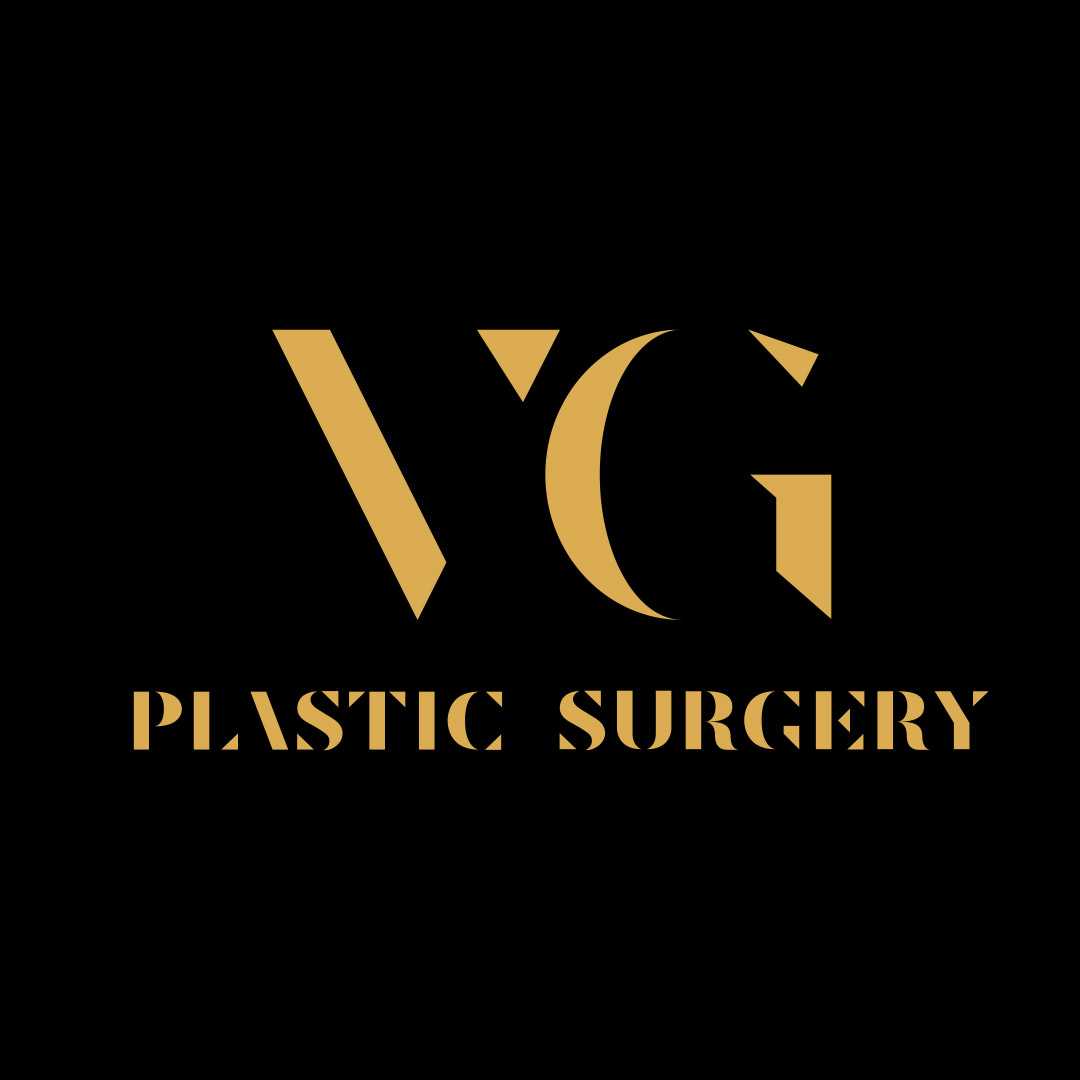
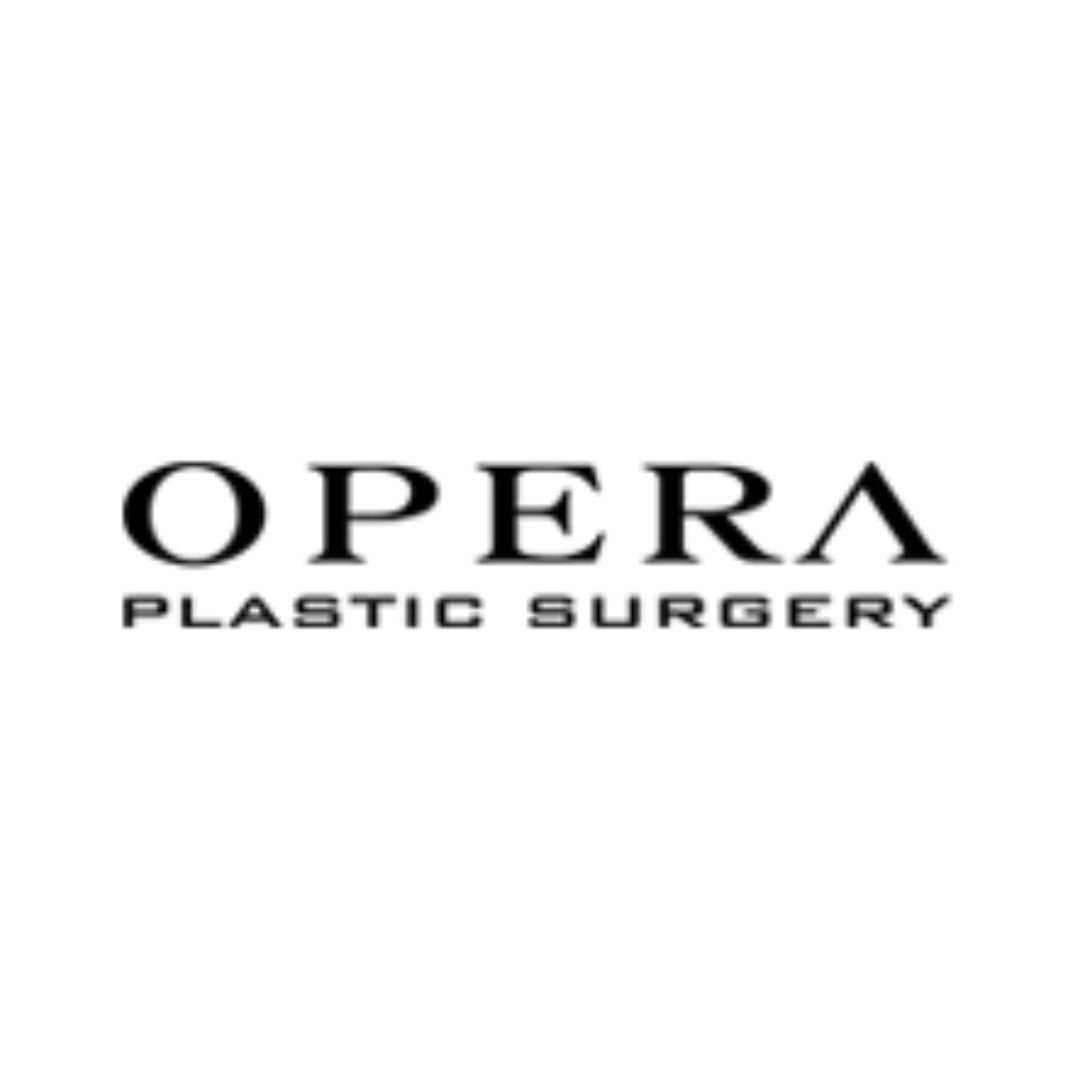
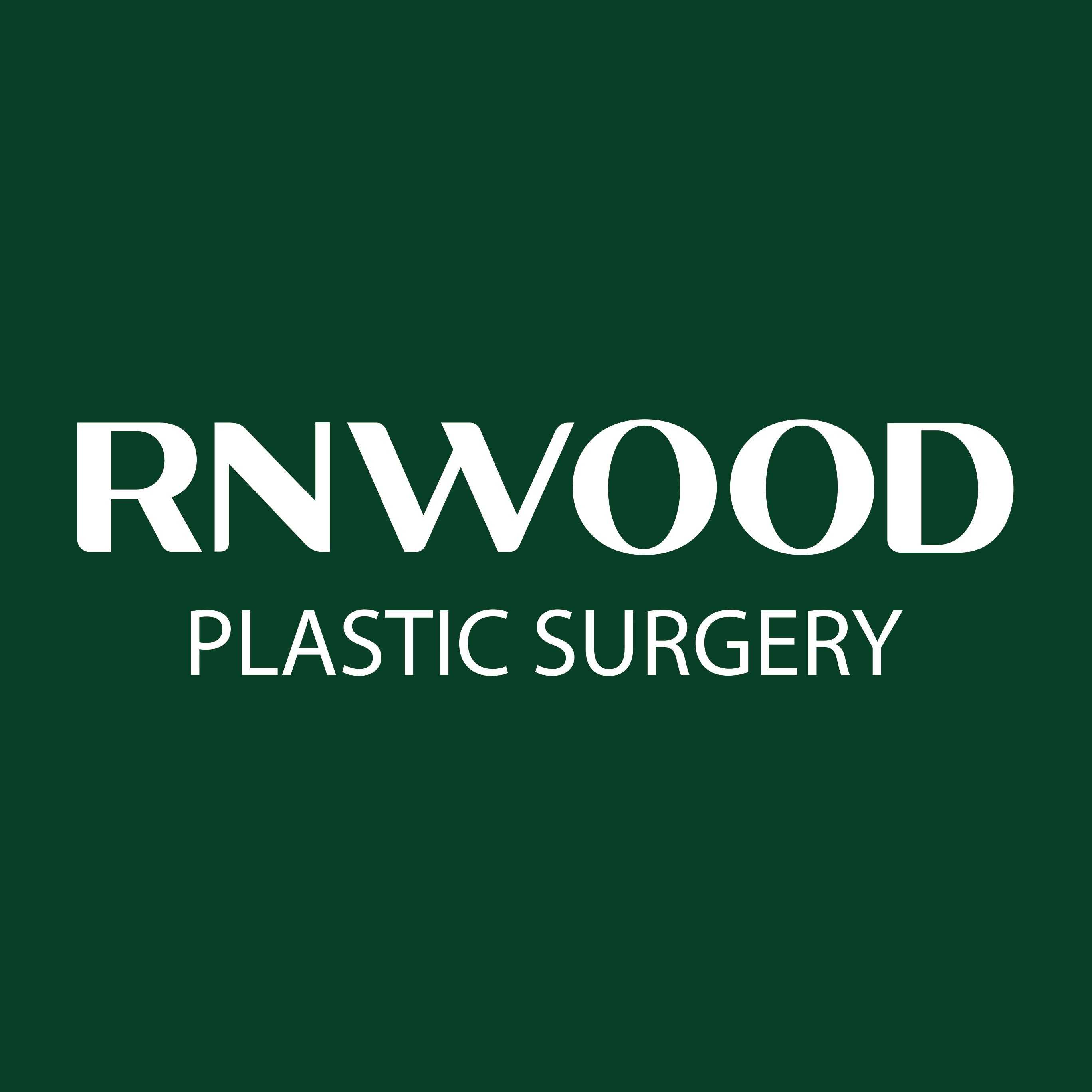

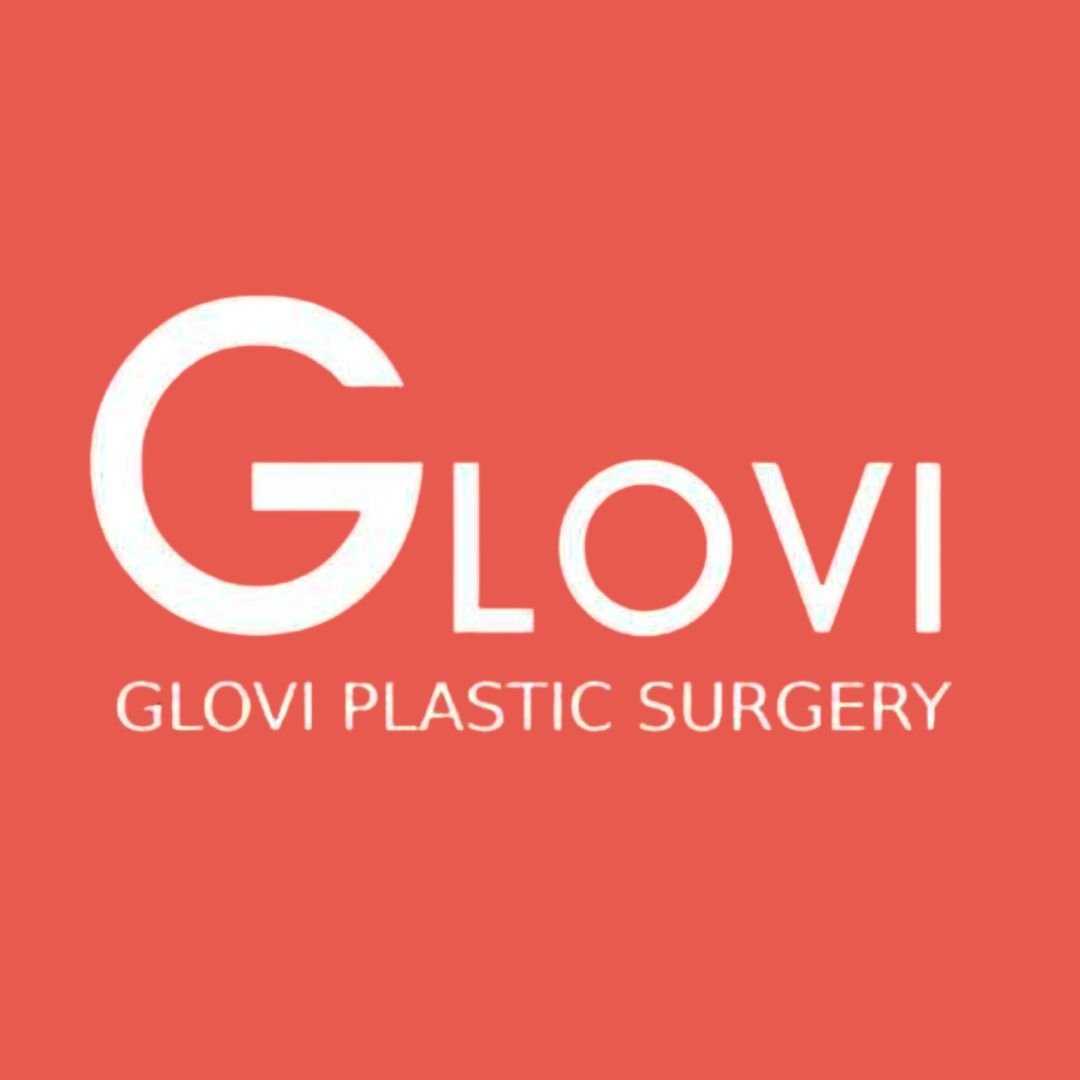

Share this listing